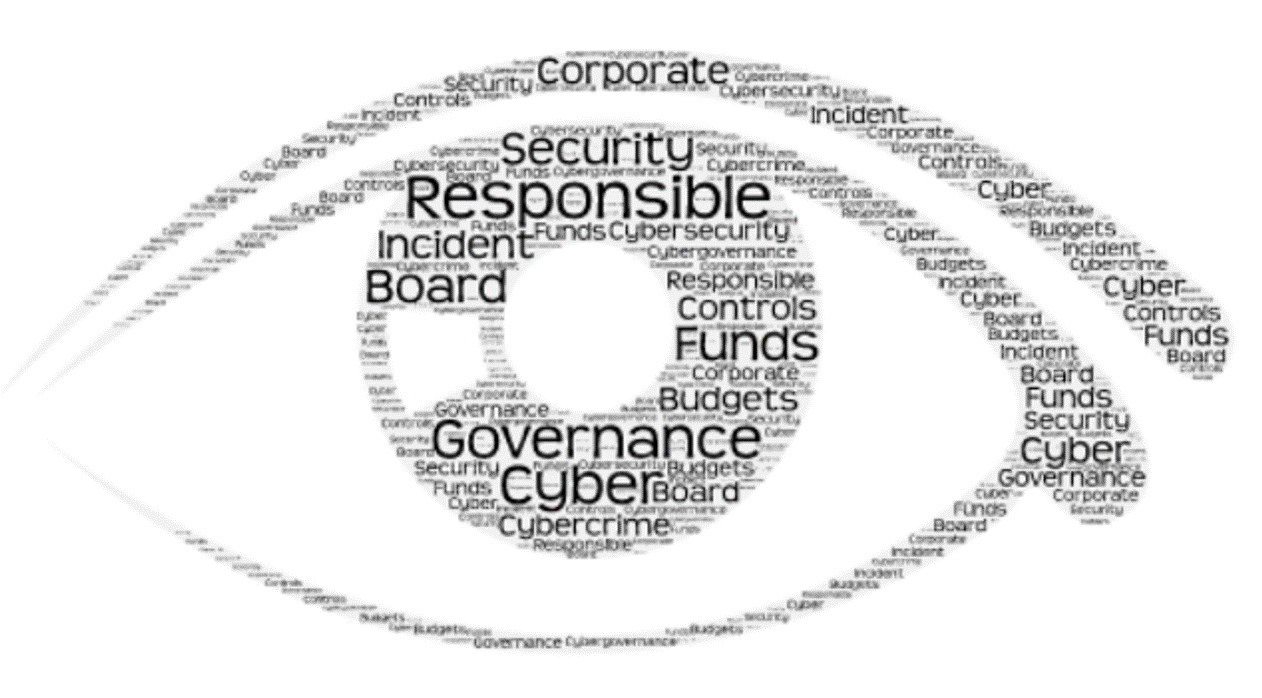Prediction of events using machine learning has been here for sometime with us. Super computers are now routinely imported and used in weather predictions and climate modelling. There are a few IT companies in India who earn their money by developing algorithms for foreign venture capitalists to identify better investment prospects. Is Data sovereign ? Does it have a dimension beyond Privacy ?
Now for the advocates of free flow of personal data beyond national boundaries the below story is an indication of the dangers to national security that can accrue in the not so distant future. The ability to profile and predict actions of crucial personalities in charge of a nation, an army, a business head, a diplomat etc all for competitive advantages with other nations. Privacy in the digital age has definite national security dimensions.
The debate is does a sovereign nation have a bounden duty to protect their citizens data ? Or will the Indian nation fall prey to so called national industry bodies (who are funded by foreign MNC’s ) and their lobbying. Or will the argumentative Indian society keep debating till strategic surprise again overtakes it, as has been our civilisational history.
The answer in this case is definitely Blowing in the wind..
Can We Predict Who Will Turn to Crime?
Tue, 08/02/2016 – 8:52am by Paul Mcgorrery And Dawn Gilmore, The Conversation
Is it possible to predict whether someone will commit a crime some time in the future? It sounds like an idea from the 2002 science-fiction movie “Minority Report.”
But that’s what statistical researcher Richard Berk, from the University of Pennsylvania, hopes to find out from work he’s carried out this year in Norway.
The Norwegian government collects massive amounts of data about its citizens and associates it with a single identification file. Berk hopes to crunch the data from the files of children and their parents to see if he can predict from the circumstances of their birth whether a child will commit a crime before their 18th birthday.
The problem here is that newborn babies haven’t done anything yet. The possible outcome of Berk’s experiment would be to pre-classify some children as “likely criminals” based on nothing more than the circumstances of their birth.
This could be the first step in making Minority Report a reality, where people could be condemned for crimes they haven’t even committed.
The art of prediction
Berk’s work is based on machine learning. This involves data scientists designing algorithms that teach computers to identify patterns in large data sets.
Once the computer can identify patterns, it can apply its findings to predict outcomes, even from data sets it has never seen before.
For example, the US retail giant Target collected data about the shopping habits of its customers and used machine learning to predict what customers were likely to buy and when.
But it got into hot water in 2012 when it accurately used its pregnancy-prediction model to predict the pregnancy of a high school student in Minnesota.
It is hardly surprising, given the potential use of machine learning to avoid crime, that the field of criminology has turned to machine learning in an attempt to predict human behavior. It has already been used, for example, to predict whether an offender is likely to be a recidivist.
Predicting criminal behavior
The ability to use machine learning to inform risk assessments in the criminal justice system has been a focus for Berk for a long time now.
For example, earlier this year he looked at whether a person on bail for alleged domestic violence offences was likely to commit another offence before their next court date.
Whether the algorithms used in machine learning can accurately predict human behavior is dependent on having as much contextual data as possible. Target used metadata from shopping routines. Berk, on the other hand, uses predictors specific to crime and demographics.
This includes the number of prior arrests of a person, age of first arrest, type of crime or crimes committed and number of prior convictions. It also includes prison work performance, proximity to high-crime neighborhood, IQ and gender.
In some of his studies Berk has used as many as 36 predictors.
Low-risk and high-risk individuals
In each of Berk’s experiments, the algorithm was able to predict quite accurately who would be a low-risk individual. For example, he identified 89% of those people unlikely to commit domestic violence, 97 percent of inmates unlikely to commit serious misconduct in prison and 99 percent of past offenders unlikely to commit a homicide offence.
The trouble, though, is that the algorithm was nowhere near as accurate in predicting who would be a high-risk individual. There was only:
A nine percent accuracy in predicting which inmates engage in serious misconduct
A seven percent accuracy in predicting which offenders on parole or under community supervision would commit a homicide offence
A 31 percent accuracy in predicting which defendants on bail for domestic violence offences were likely to commit another offence before their next court date.
There are two ways of using the results of Berk’s experiments. First, we could divert resources away from low-risk individuals. This might involve placing less onerous supervision conditions on domestic violence defendants who are at low risk of committing another offence.
Alternatively, we could target more resources towards high-risk individuals. This might involve placing inmates at high risk of serious misconduct into higher-security prisons.
But there are two apparent issues with using the data to target high-risk individuals. First, there has been relatively little success in predicting who actually does pose a risk (in comparison to predicting who does not pose a risk), a limitation that Berk himself concedes.
Second, our criminal justice system is premised on the idea that people have free will and might still make the right choice to not commit a crime, even if they only do so at the last possible moment.
In Australian justice
How is all this different to what the Australian criminal justice system does when it makes predictions about high-risk individuals?
A lot of the justice system’s work already involves spending a good deal of time making educated guesses about whether someone is an unacceptable threat to public safety or poses a high risk of future danger.
These assessments contribute to officials’ decisions about whether to grant bail, whether to grant parole and how harshly a person should be sentenced.
Prime Minister Malcolm Turnbull recently asked states and territories to push for new legislation to allow “high risk” offenders convicted of terrorism offences to be held in detention even after their sentences have been served.
Generally, though, such decisions are based primarily on past behaviors of a particular individual, not data about past behaviors of other individuals.
Using predictive behavioral tools to decide whether (or for how long) someone should be in prison, based on something that has not yet even happened, would represent a substantial philosophical shift.
We would no longer consider people to be innocent until proven guilty, but would instead see them as guilty by reason of destiny.
Source: The Conversation














